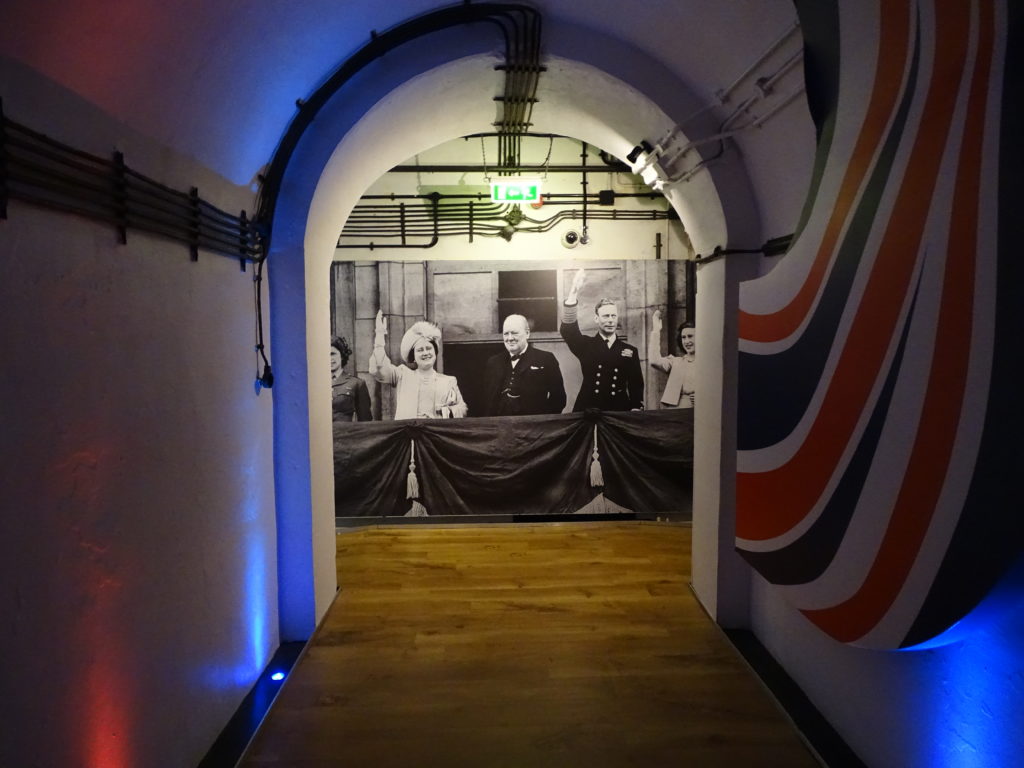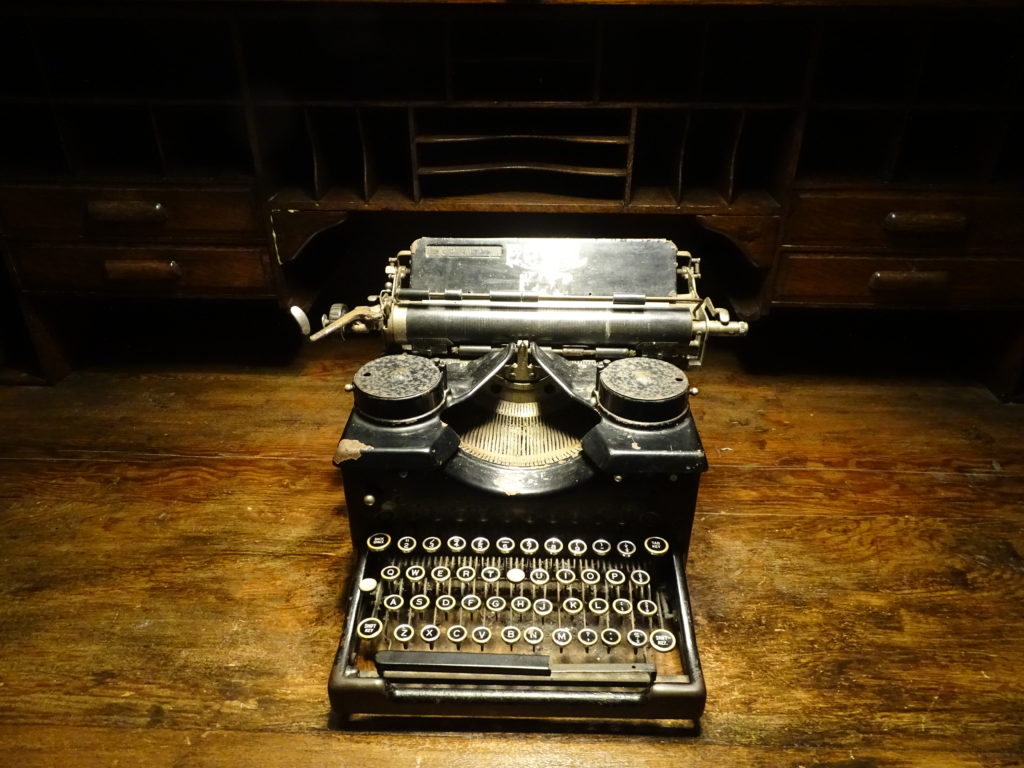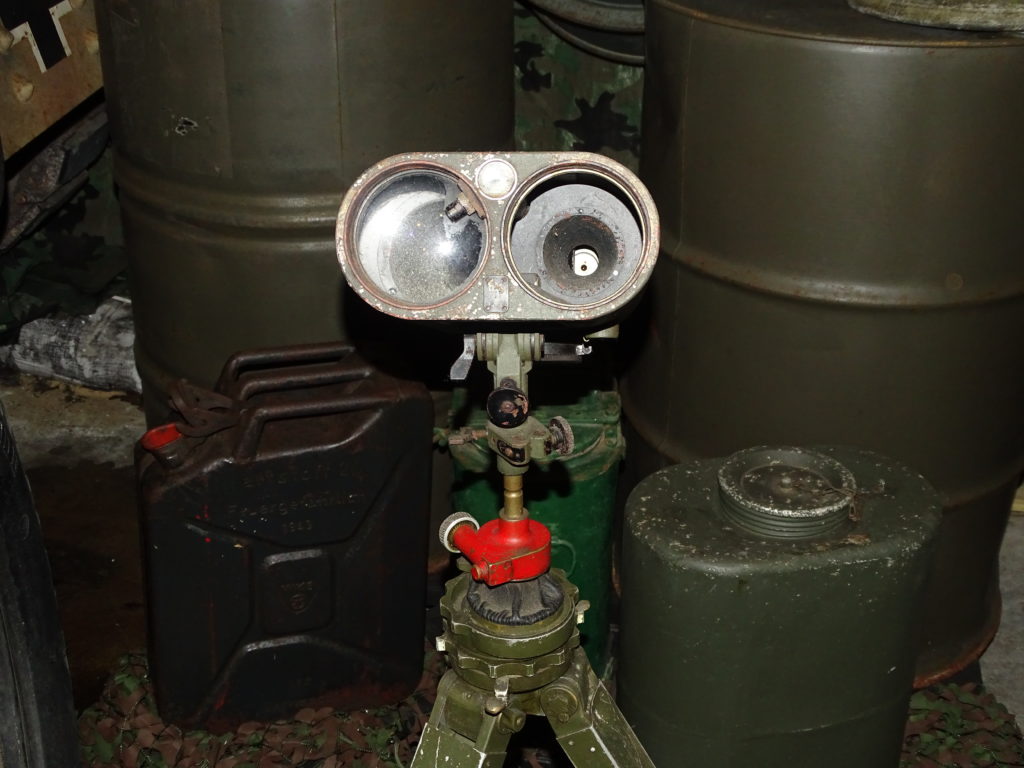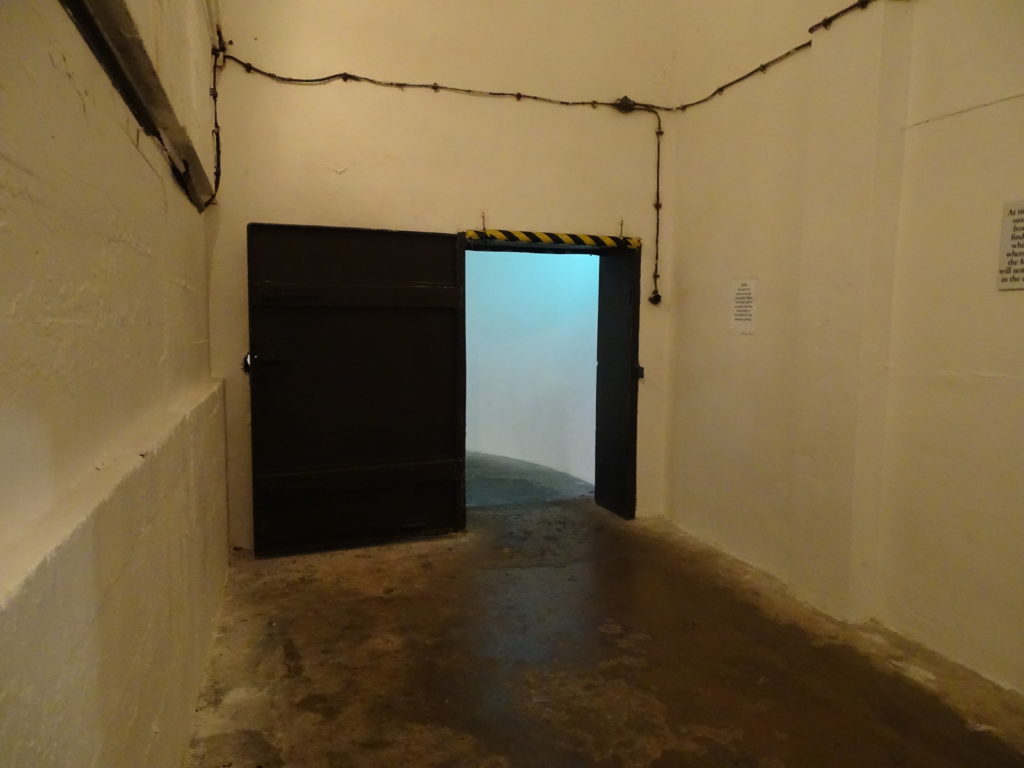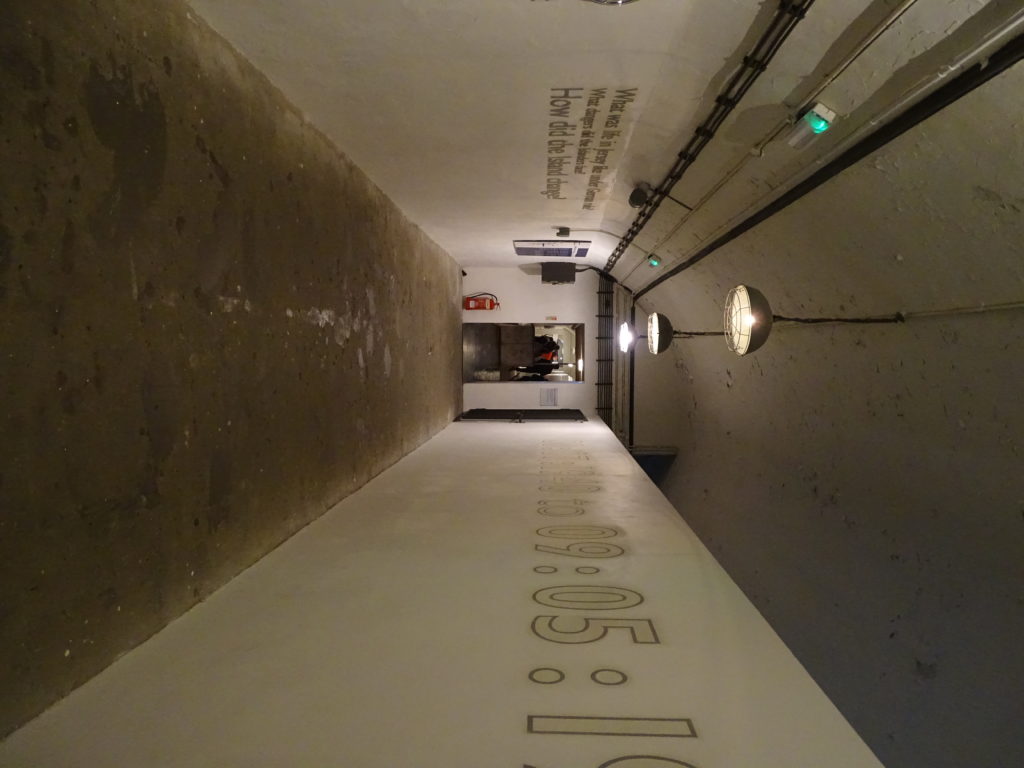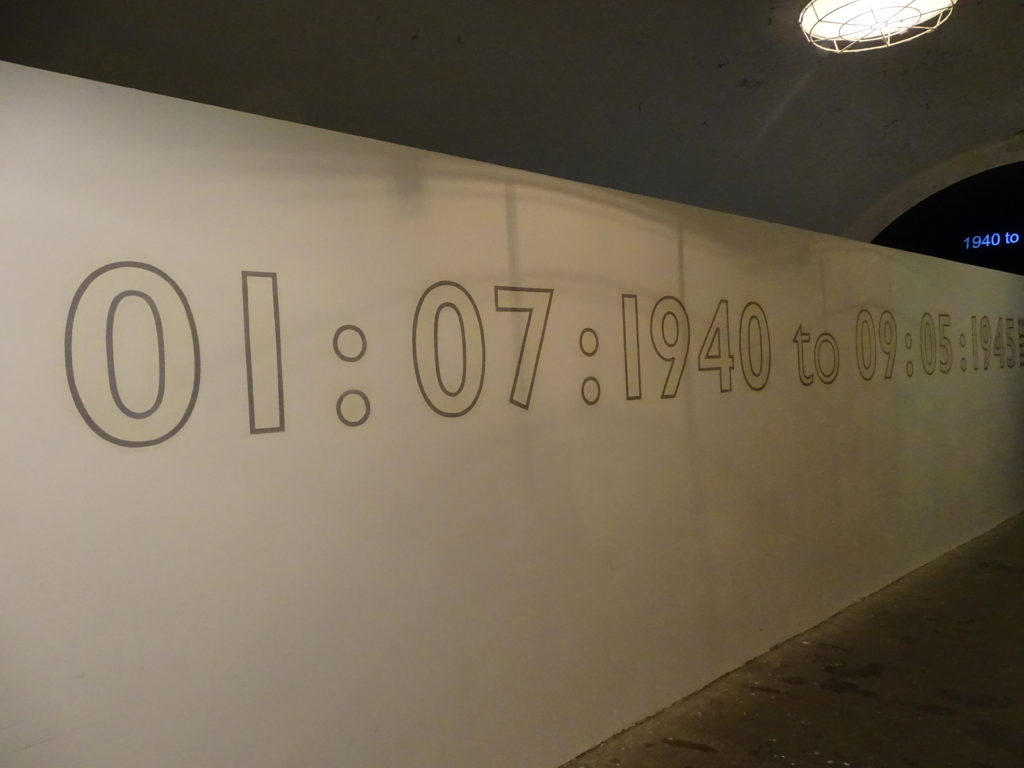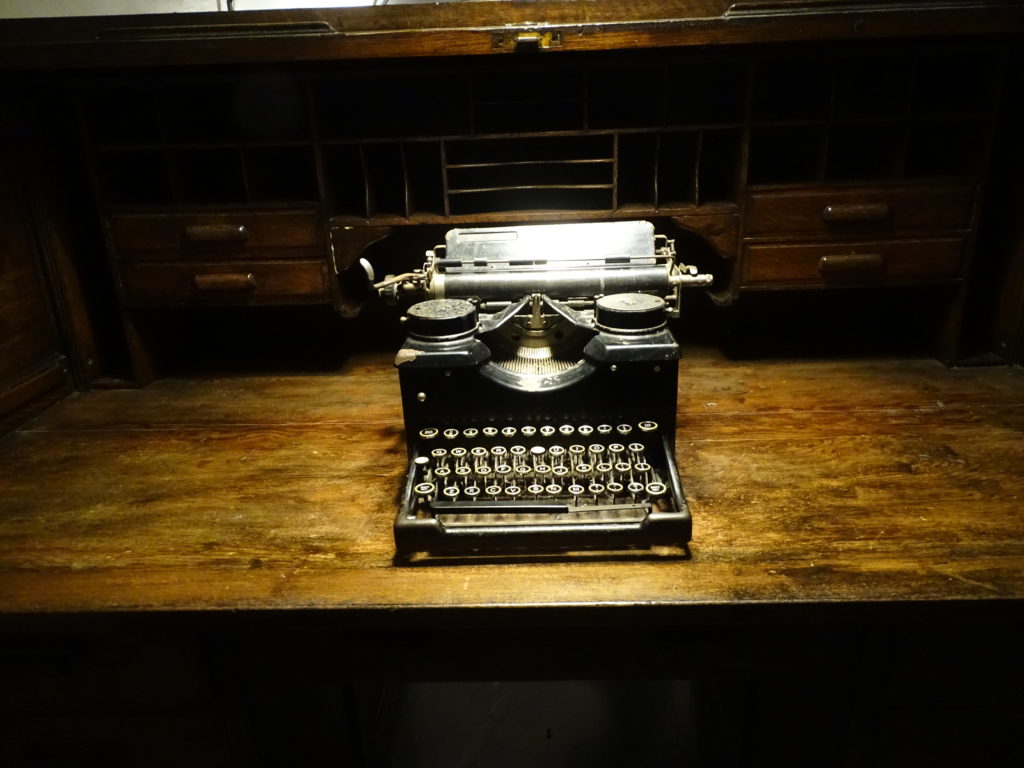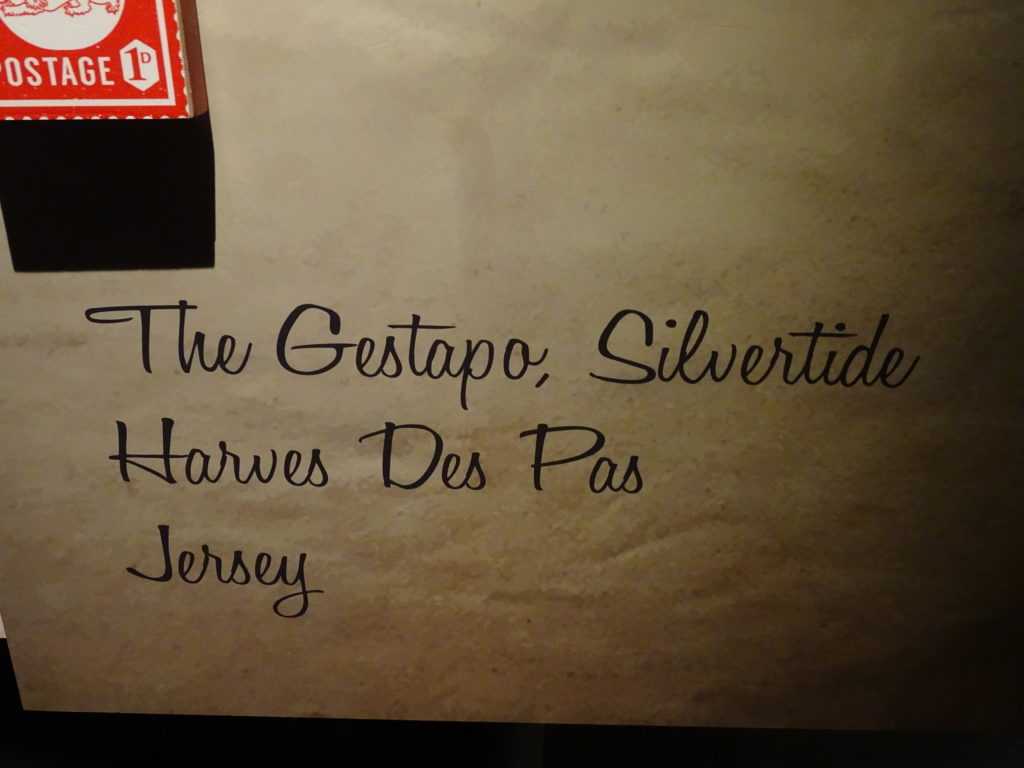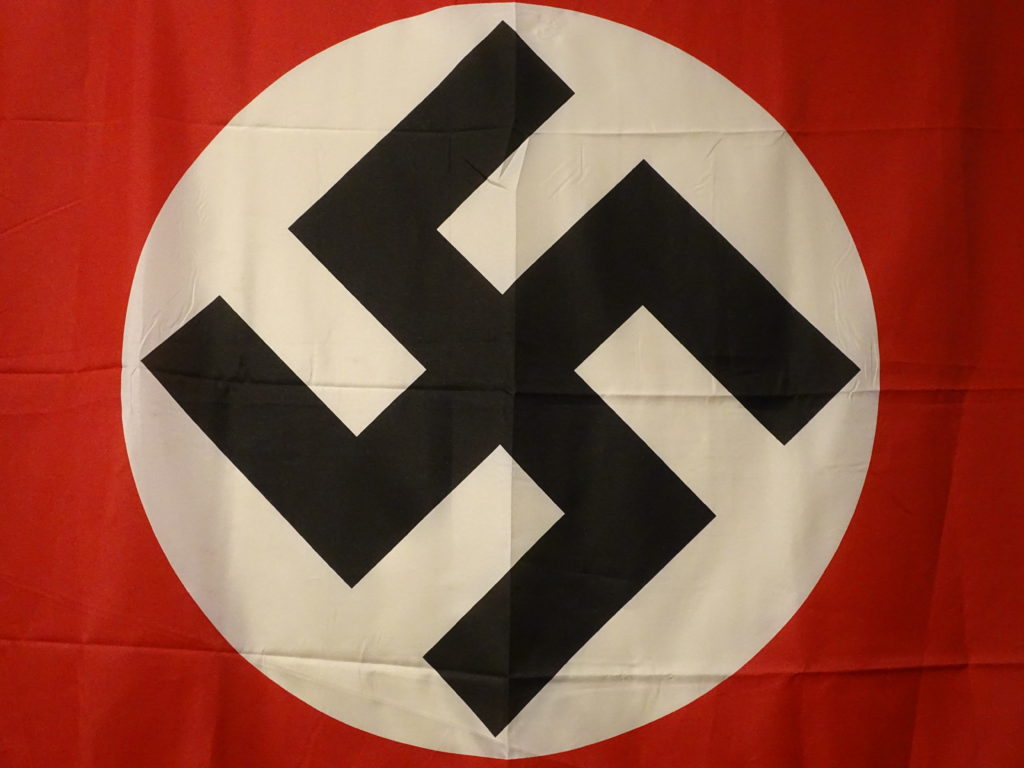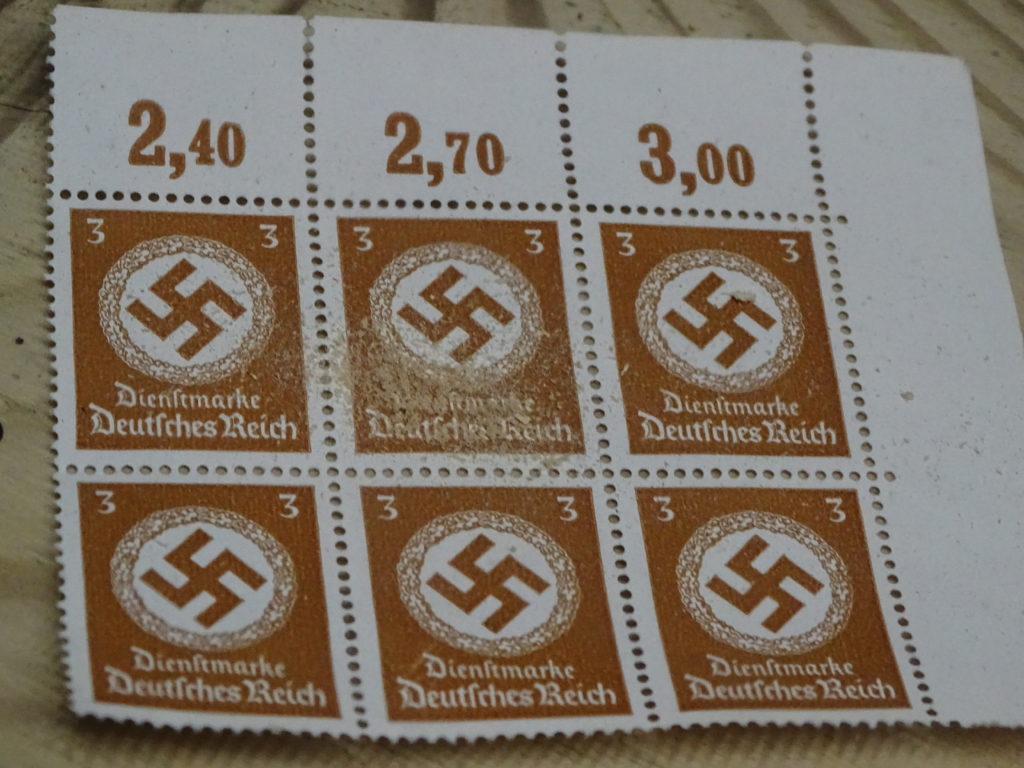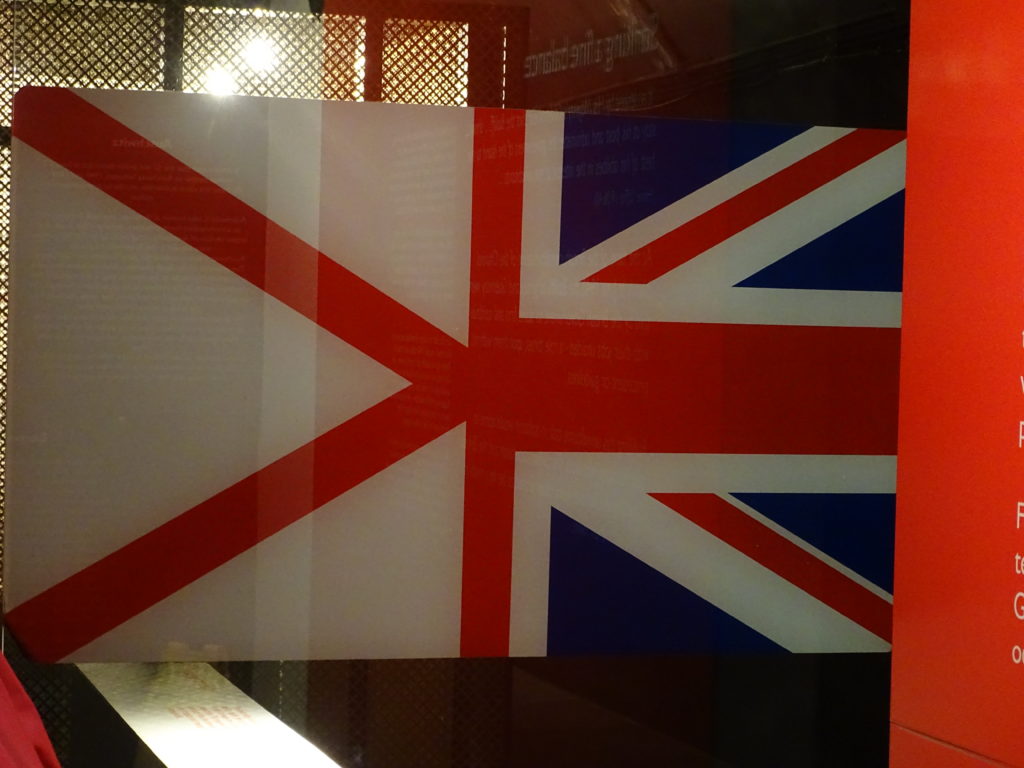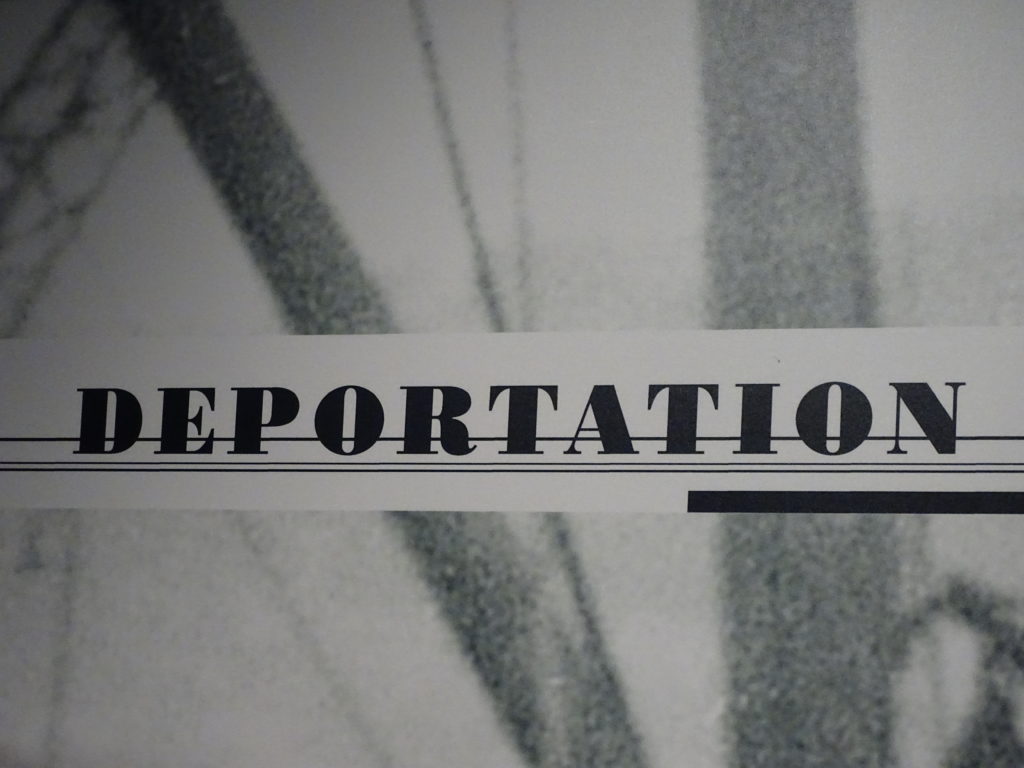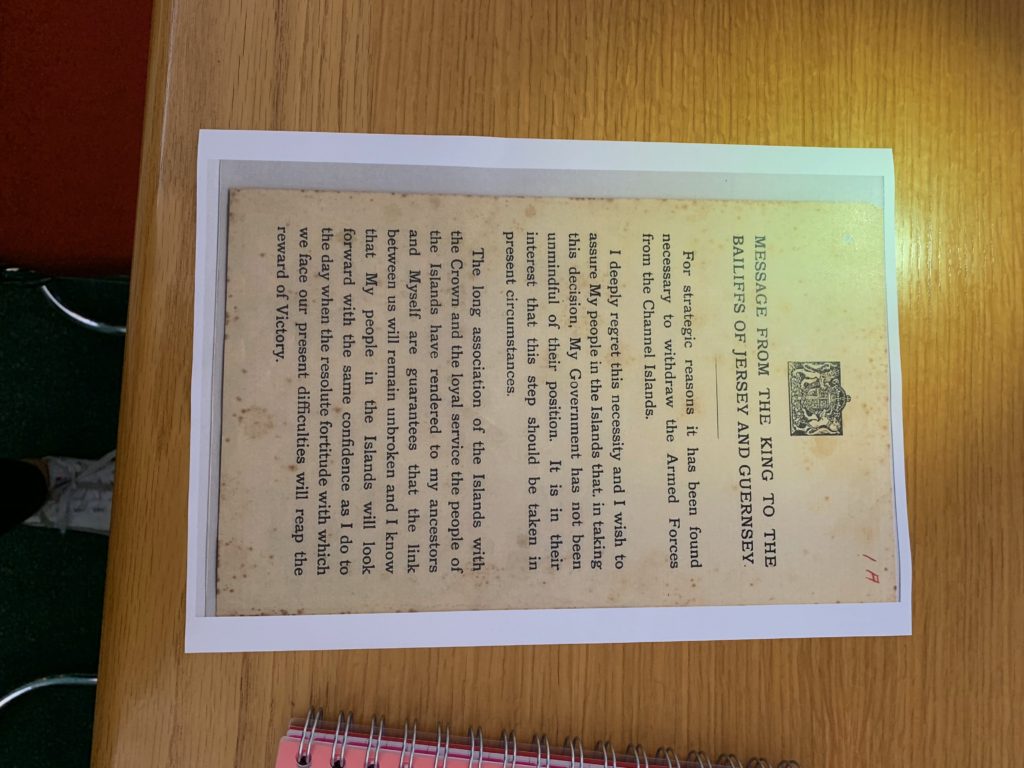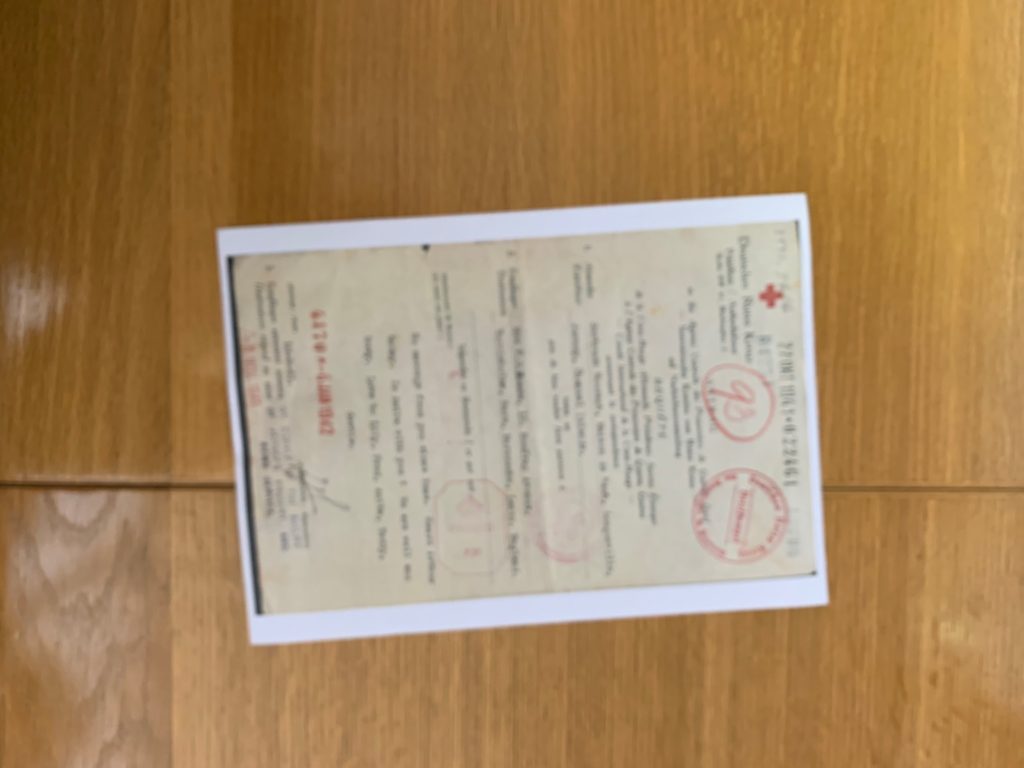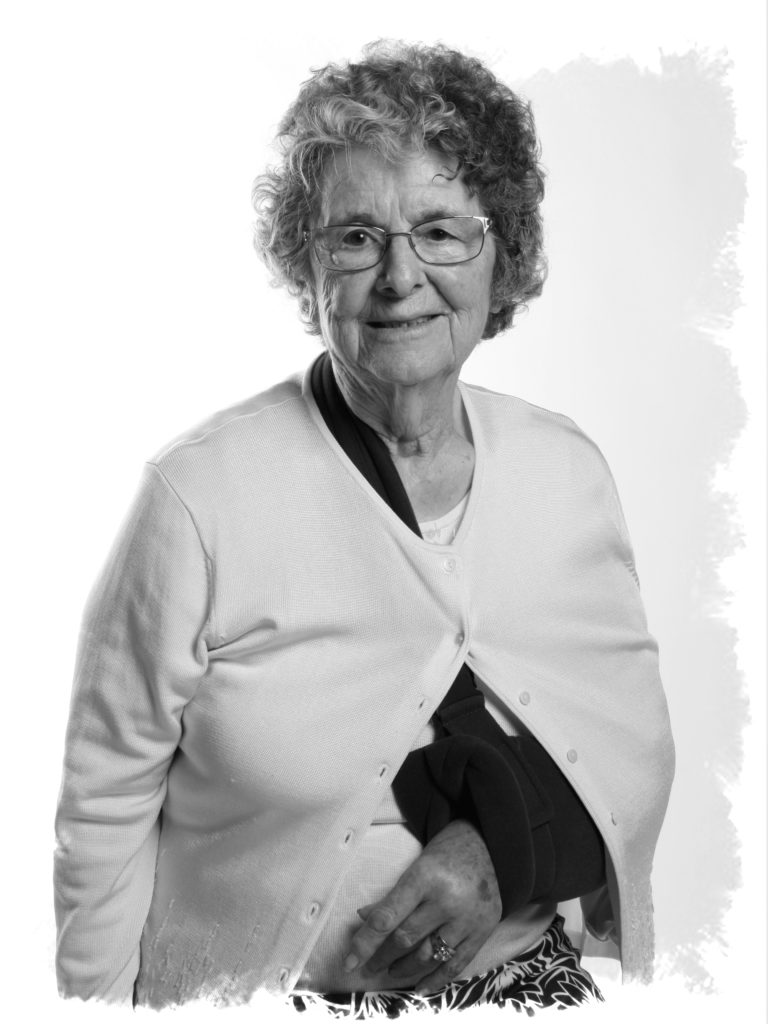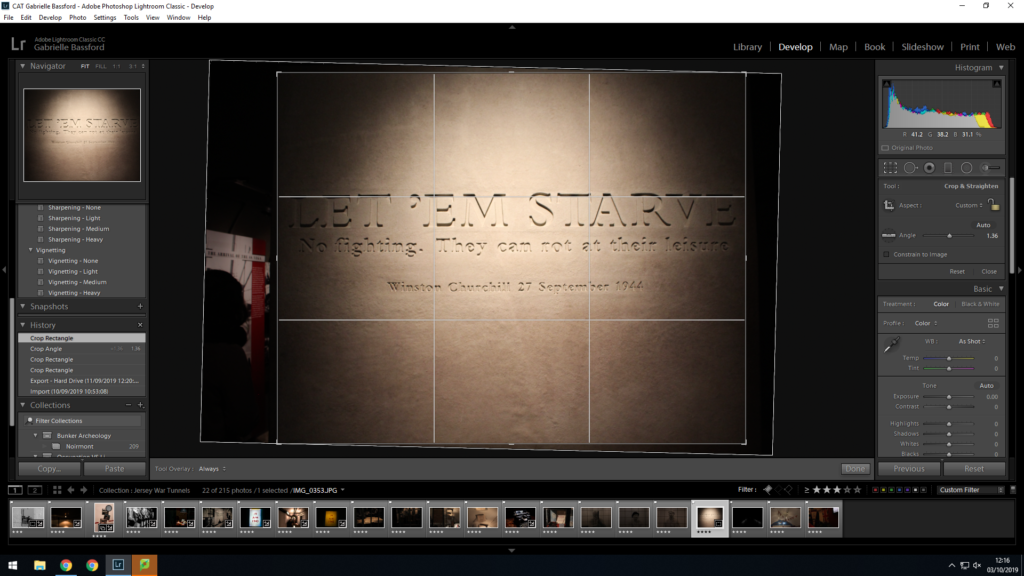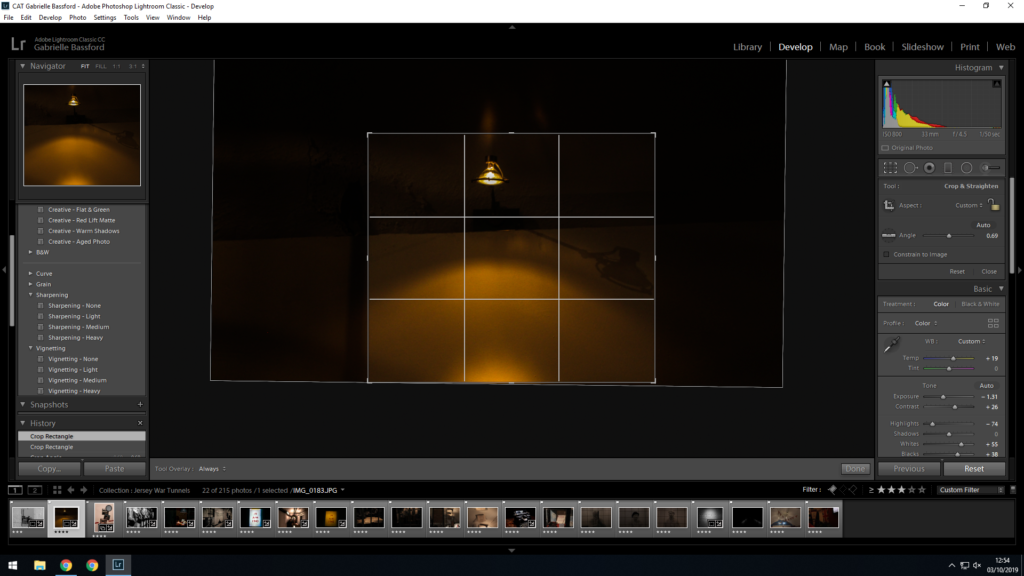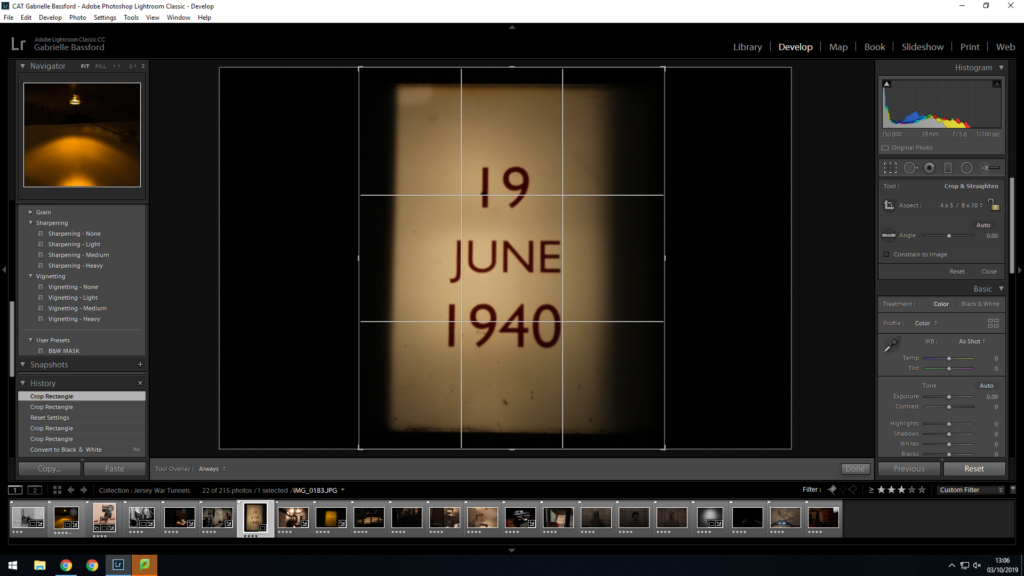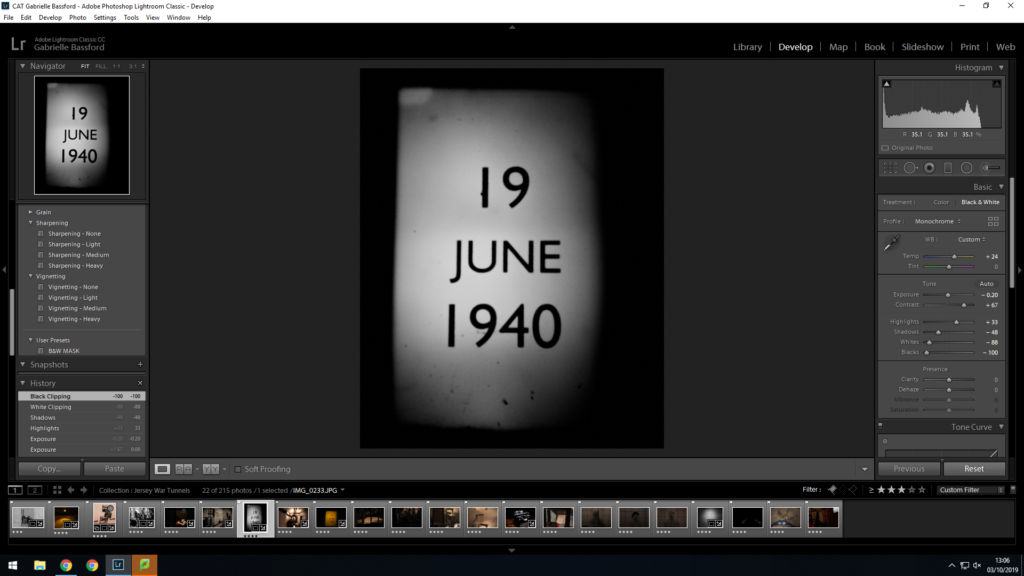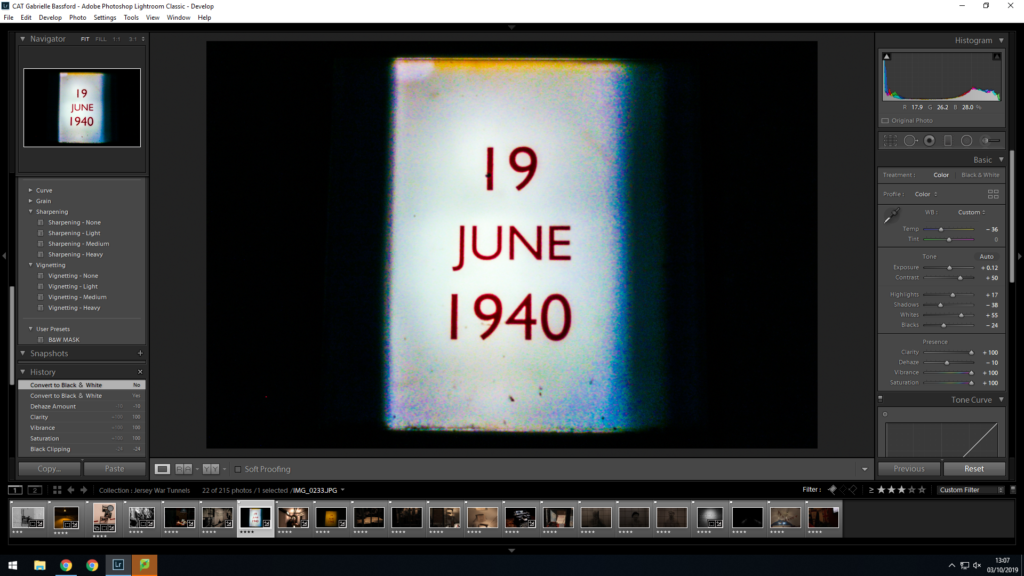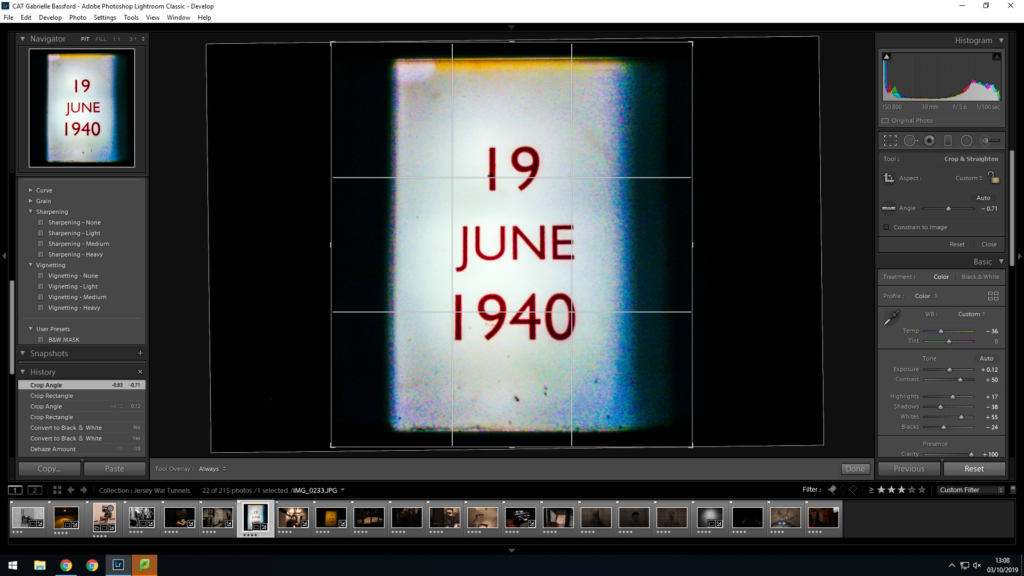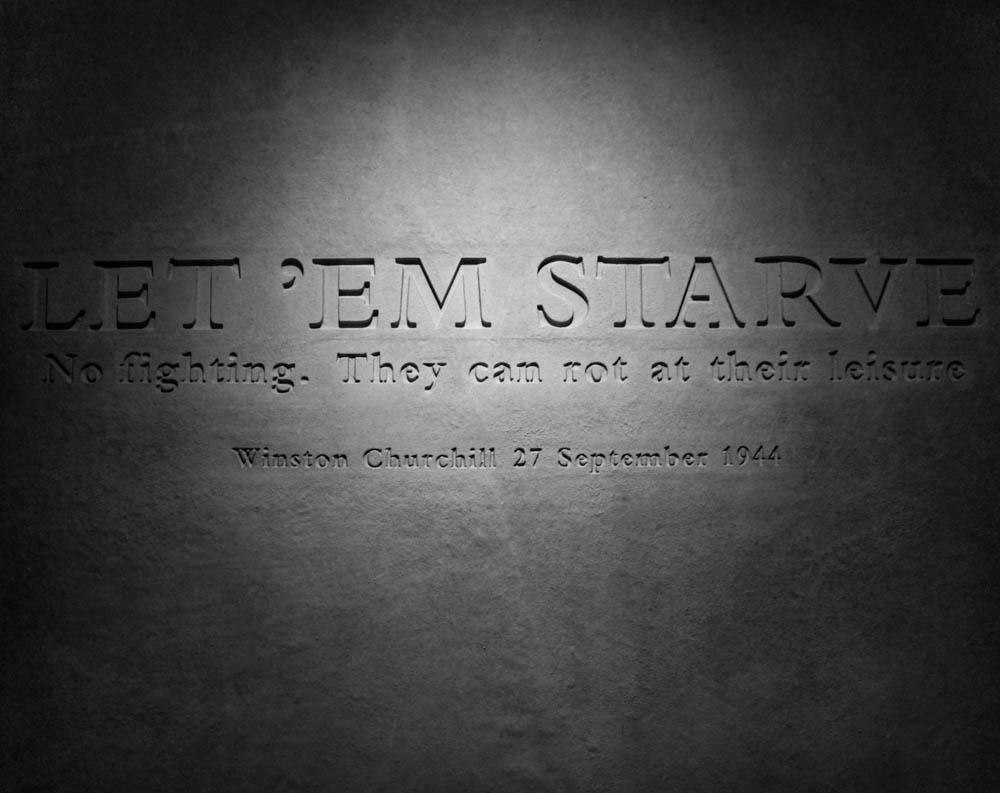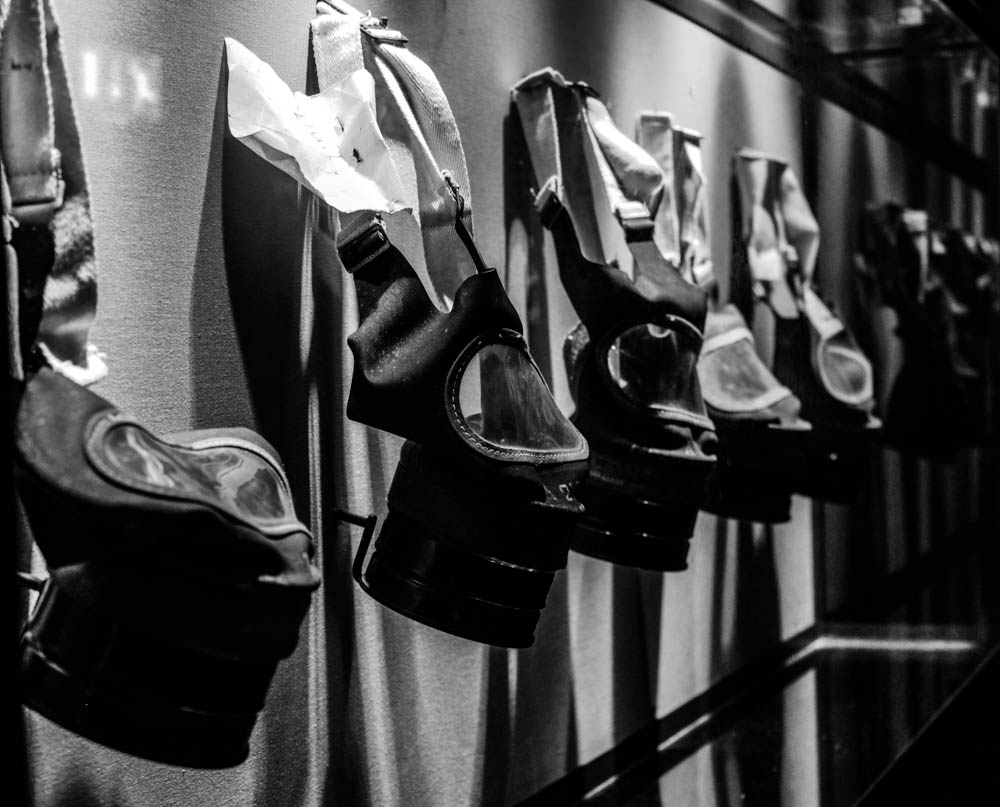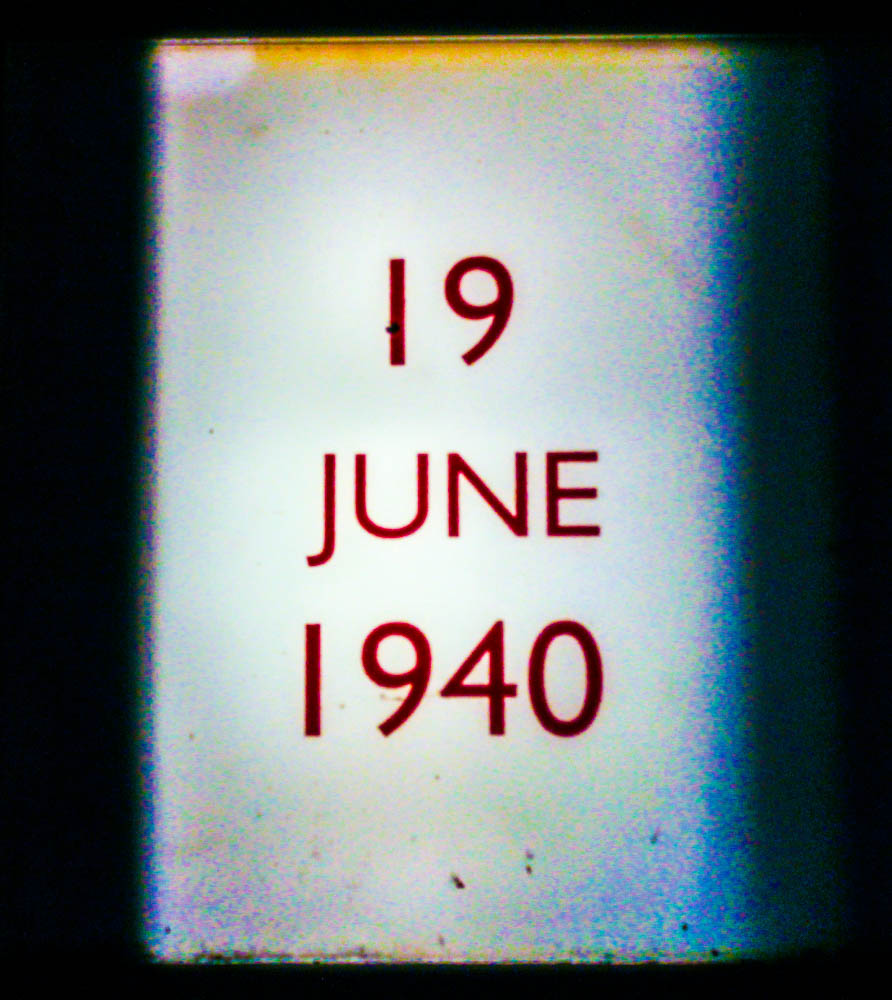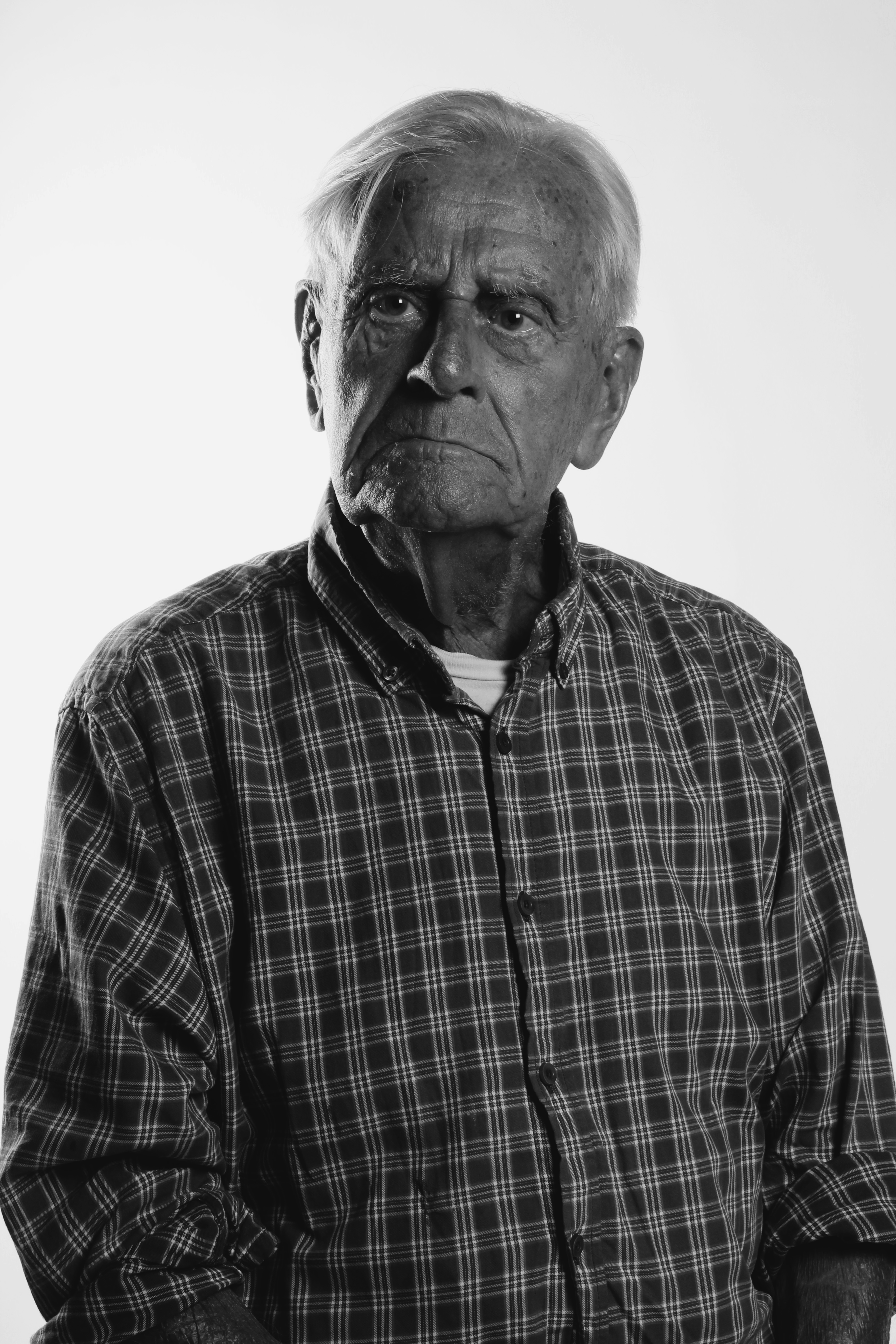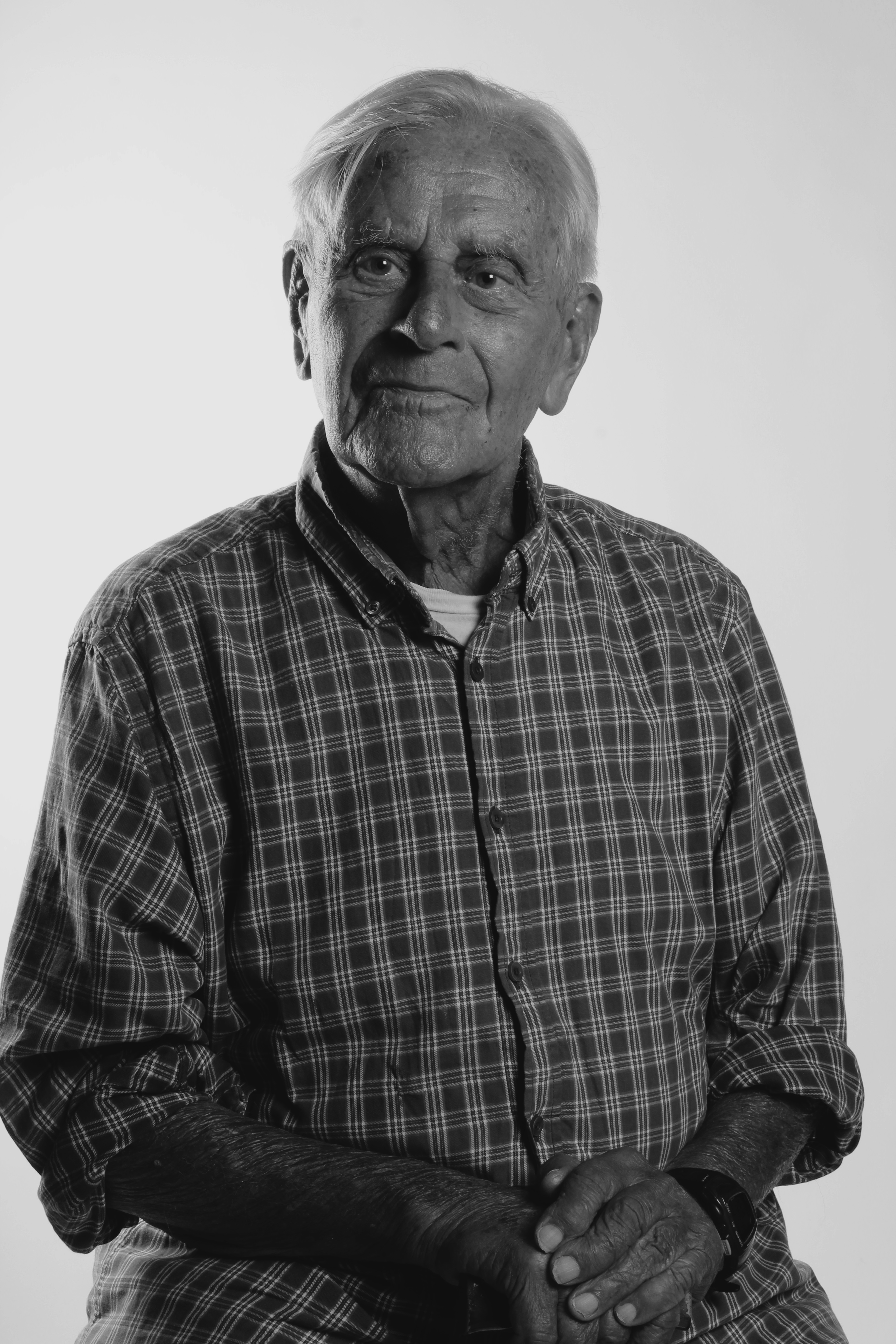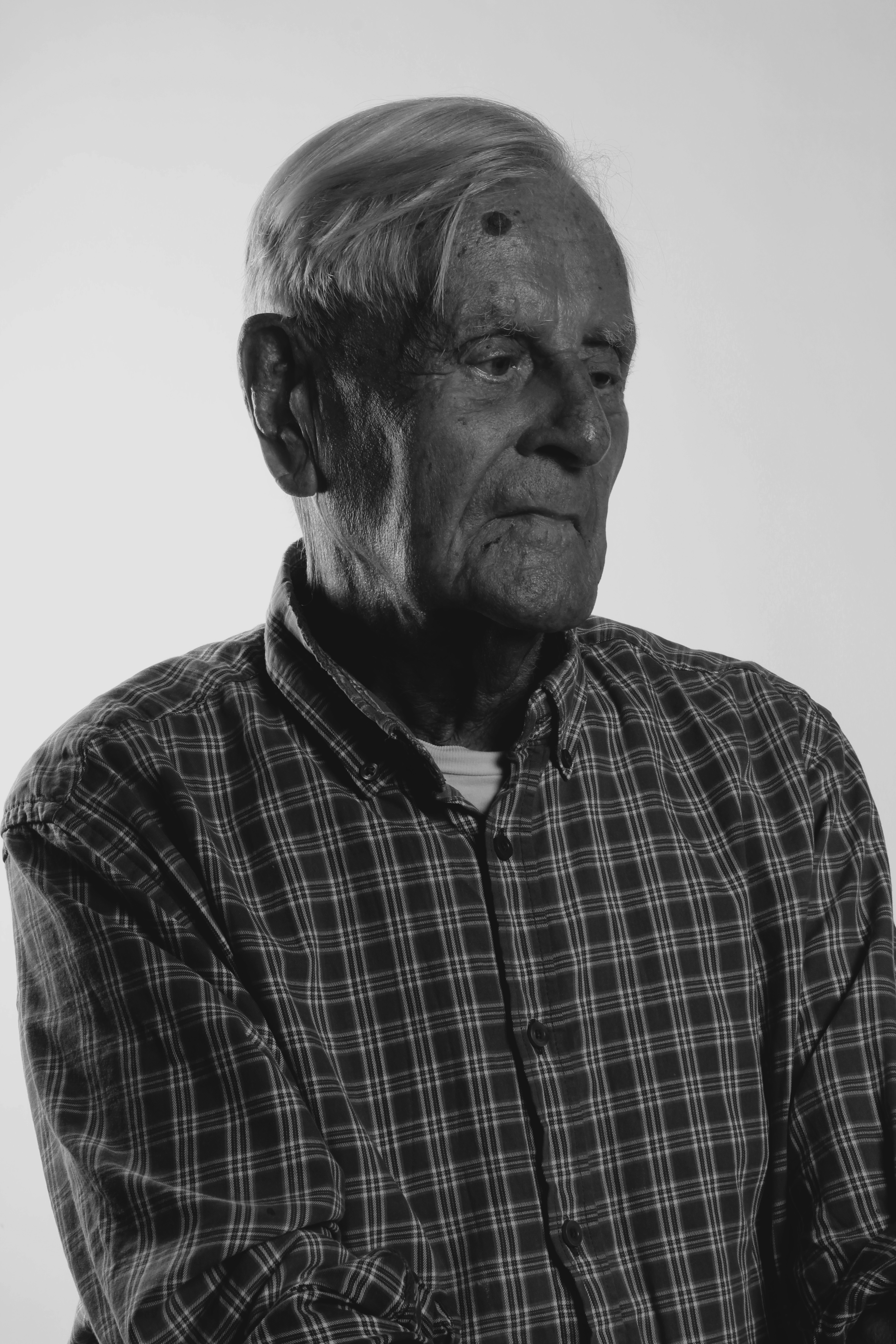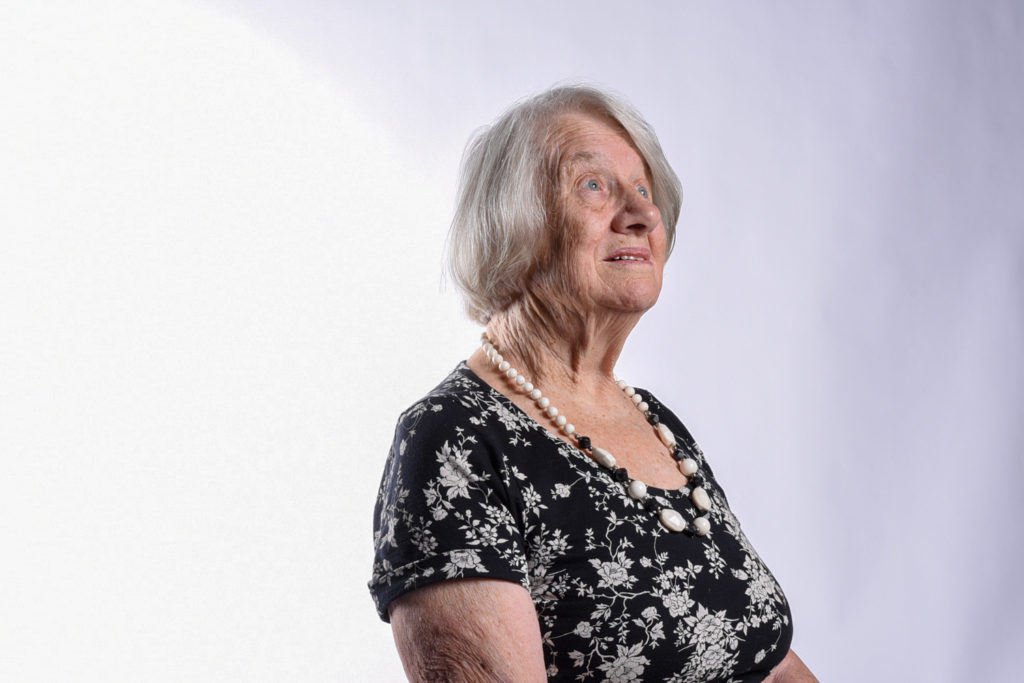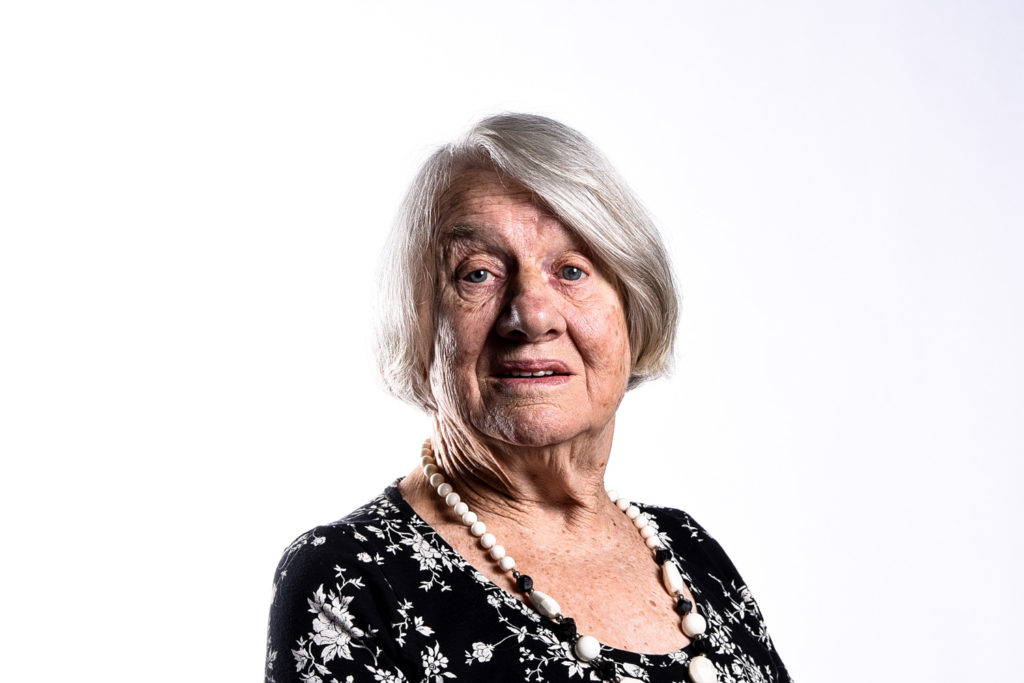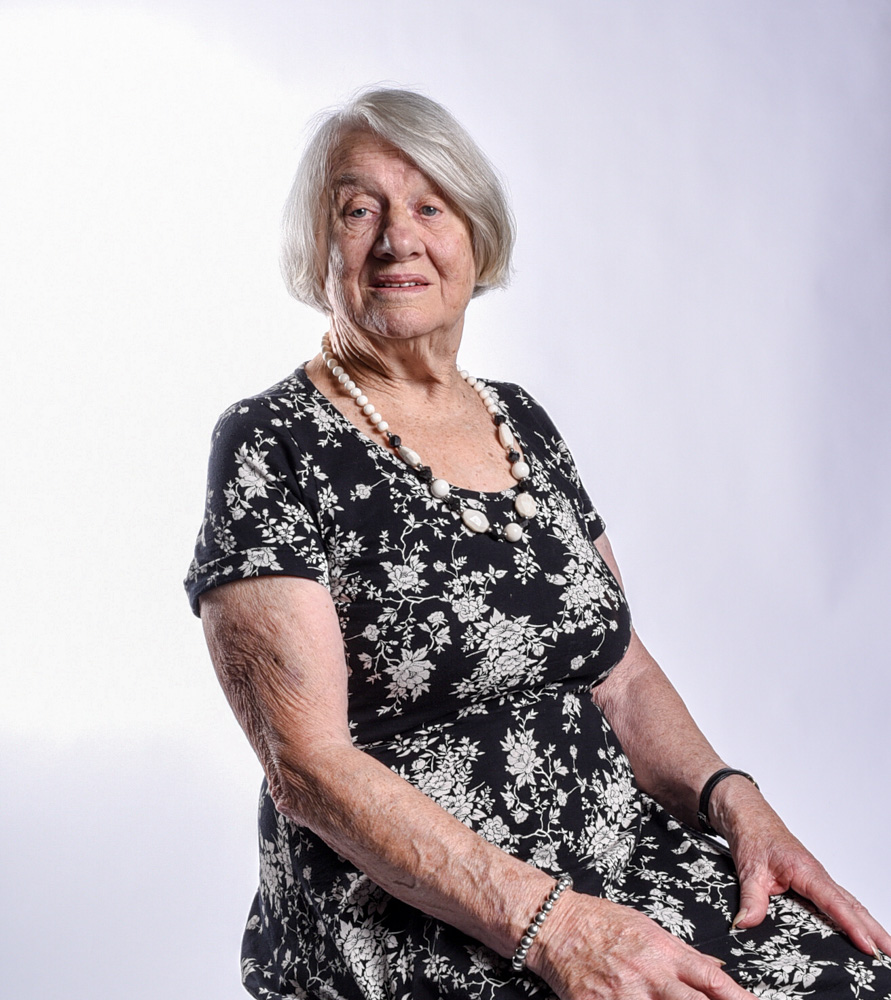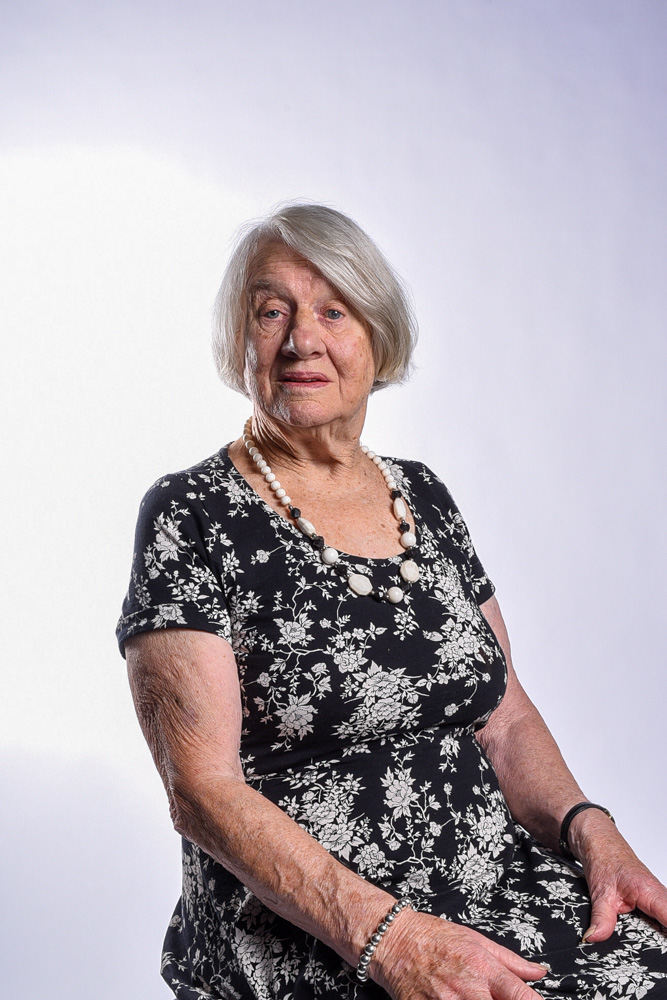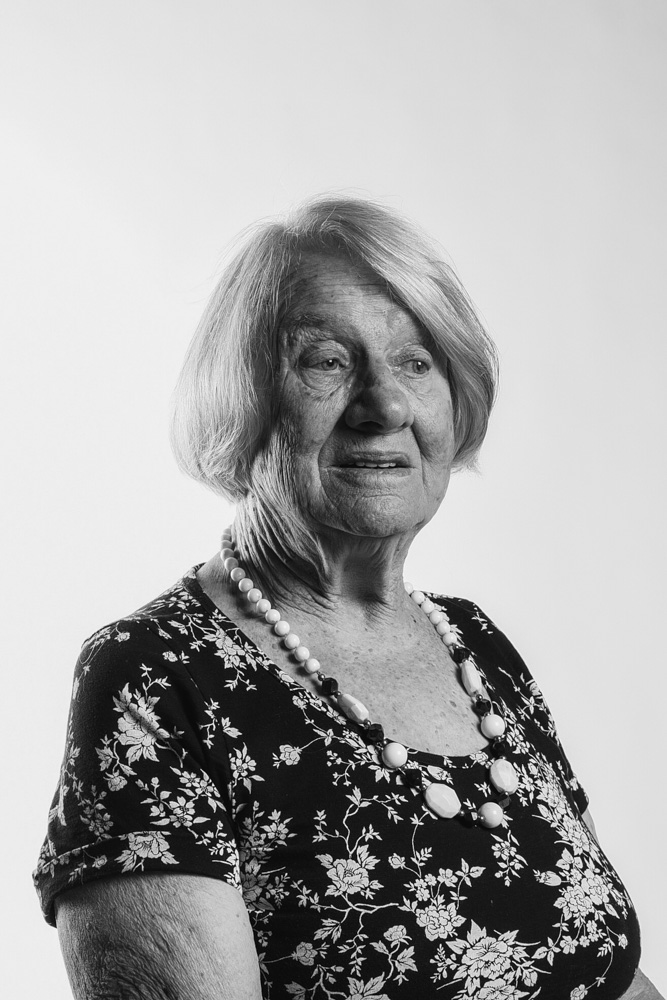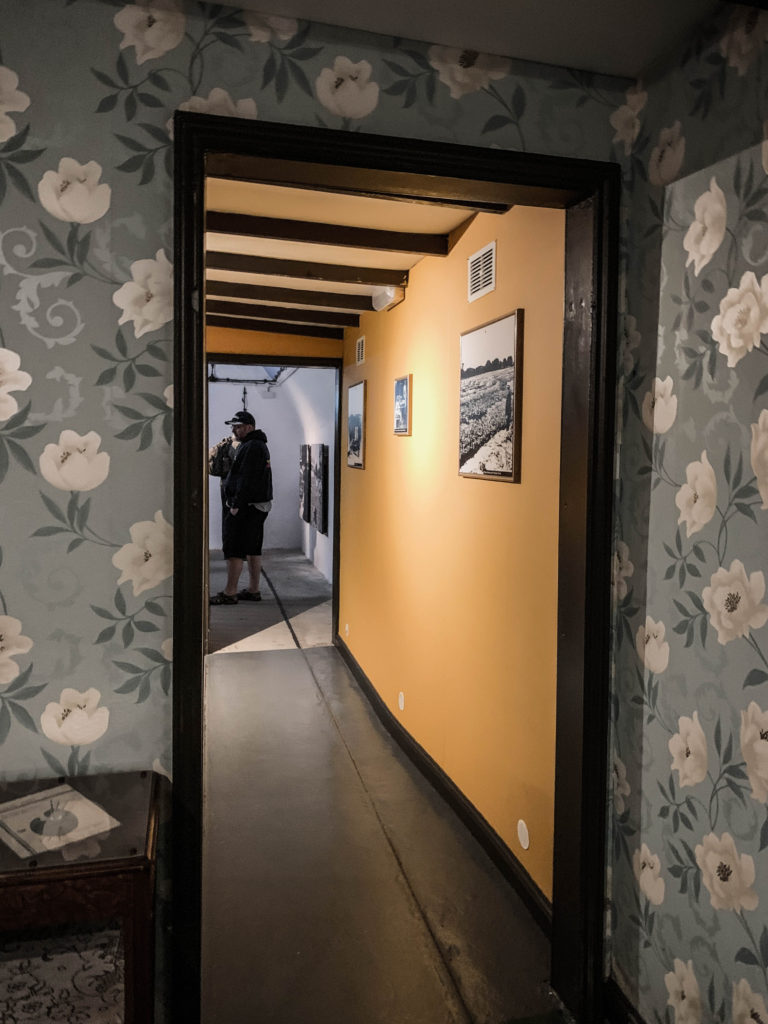Hedley Hinault:
- Age: 93
- Jersey citizen and farm hand during occupation 1939-1945
At the beginning of the session with Hedley he stated he found it increasingly difficult to recall events from the topic of discussion as he was only a young teenager at the time, and the events in question occurred almost 80 years ago. However he was more than willing to talk about what he did remember.
One story that stood out to me was one involving a young German soldier and Hedley. He told us that he left school on his 14th birthday, which was normal at the time, to work on his father’s farm. As the son of a farmer it was common to work the fields or cattle belonging to your family. Hedley’s father eventually made him a herdsman of 20-25 cows, 12 of which were milking cows. These were his sole responsibility.
During the occupation every farmer was compelled to grow a certain number of acres of wheat to make bread for the population and the German soldiers. These requirements were strictly enforced and many farmers were patrolled by German soldiers to ensure the farm workers did what was required of them. Hedley told us that after the German’s originally occupied the island they confiscated his father’s new lorry which they never saw again even once the island had been liberated in 1945.
The other workers on the farm looked after the wheat, and had to stack it into big piles or into a threshing machine. Once a day Hedley would collect a 2 gallon jug and fill it up with cider from the apple press they also had on their farm, and would give this to the workers. A German soldier would usually be posted by the apple press to ensure no one exceeded their amount or stole the cider. On one occasion the guard that had been posted by the cider was quite young, around 20.
On liberation day Hedley was a bell ringer in his local church, he rung the bells between 9am-1pm and after that he went with his girlfriend at the time to St Helier, but he said you couldn’t really see anything due to the mass crowds.
Joyce De La Haye:
- Age: 80’s
- Jersey citizen and school girl during the occupation 1939-1945.
Joyce had a much harder time remembering details about the time she spent living under occupation unlike Hedley, however she was only about 6 years old at the time. She recalled the walk to school everyday for about a mile. She told us she would do this walk in her bare feet as shoes where a expense during times occupation. She told us about all the things that Jersey citizens were restricted from doing such as going on the beach or going fishing, that almost everything was under strict control by the Germans. They occasionally received Red Cross food parcels that came from Canada. Joyce explained how every family got one, but the boxes contained only the necessities. She also explained how islanders had curfews throughout the year, with the curfew times during winter being 9pm and summer 10pm.
On the day of the liberation of Jersey, Joyce was at home with her family as it was too far for her and her family to travel into St Helier.
